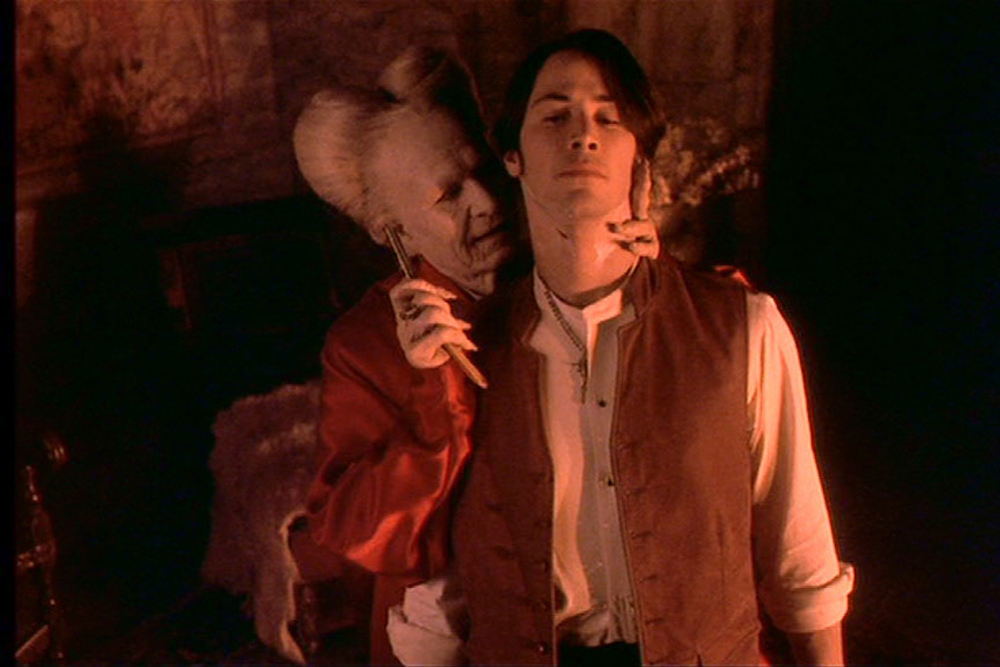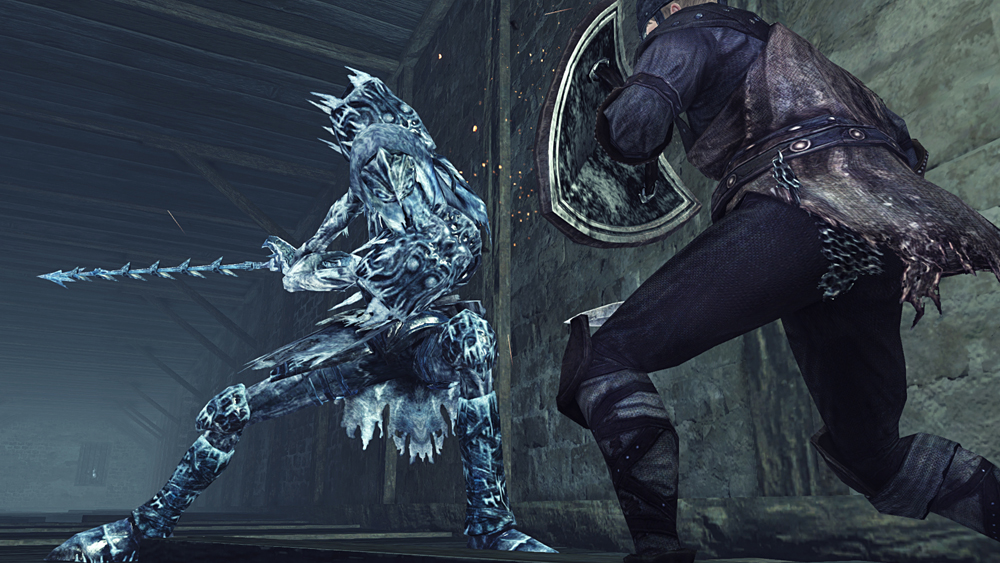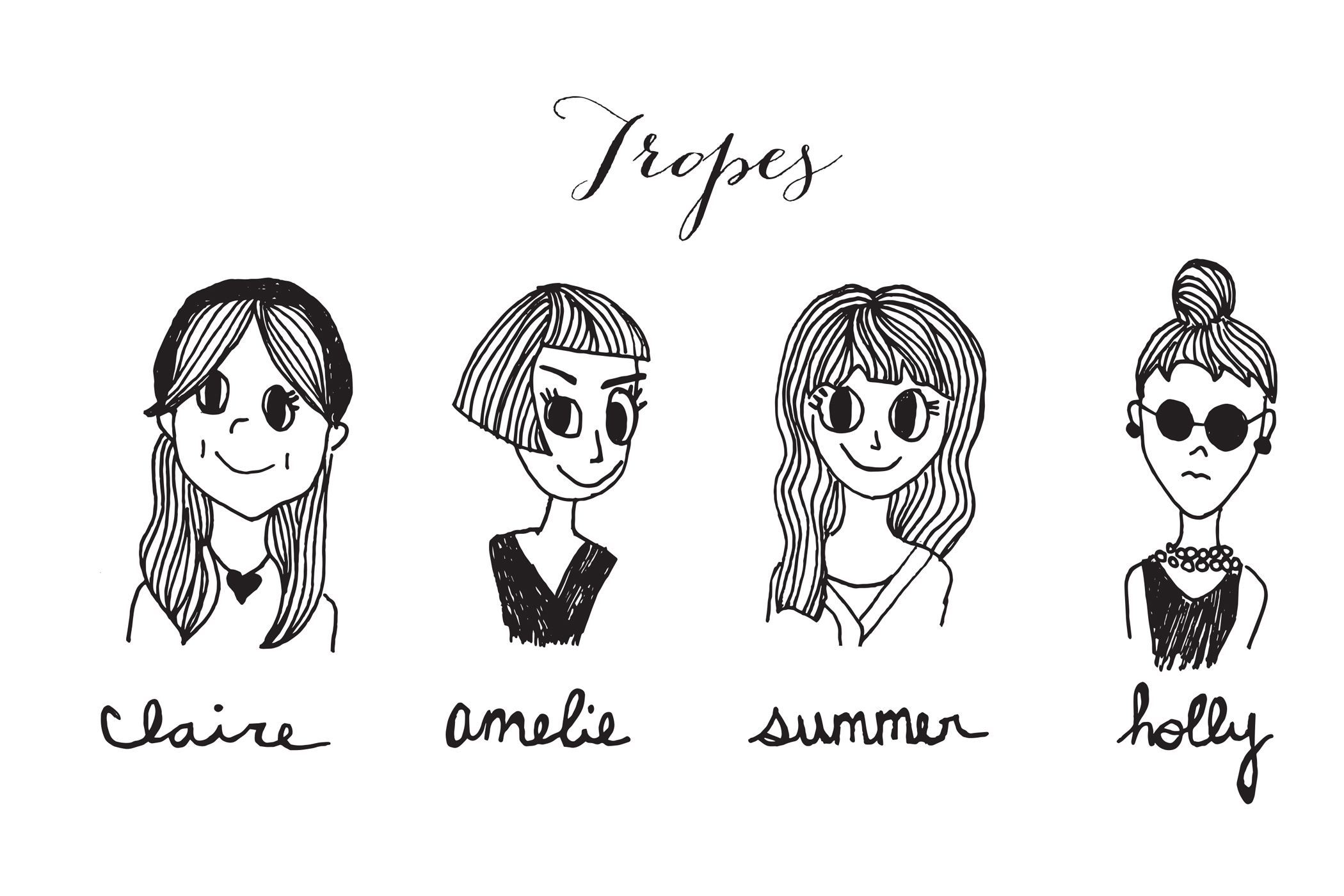In 1897, Bram Stoker asked the world to believe in things that we cannot. Nearly 95 years later, Francis Ford Coppola’s cinematic revamp of Stoker’s classic, Dracula, is still pushing the bounds of believability.
Perhaps the most excessively theatrical retelling to-date, Bram Stoker’s Dracula manages to outdo even the legacy of Buffy the Vampire Slayer in terms of cheese-out vampirism. And while it’s definitely a must-see for every horror movie buff, I think the last word anyone could ever apply to this film would be scary.
The screenplay, written by James V. Hart, does away with the oppressive morality and traditionalism of Stoker’s original text, capitalizing instead on the very temptation, sexuality and exploration that it had been condemning. The result: an unapologetically steamy romance, peppered with gore and vengeance.
It opens in the year 1462, with a Dracula that is more man than monster. A Carpathian prince wrongfully stripped of his bride, Elisabeta, renounces life and religion to avenge this great injury. At large once more in the early 1900s, we watch his attempts to woo the spitting reincarnation of his lost love, Wilhelmina Murray (Winona Ryder), while simultaneously murdering everyone she ever knew.
Tasked with the portrayal of the eponymous count is Gary Oldman, whose commitment and ghoulish mannerisms (fortunately) were far better than his accent. Whether guised as a bat, a dapper gentleman, an elderly Rapunzelesque count or even a werewolf, Oldman consistently oozes ecstasy, devotion and longing.
His romantic rival, however, the righteous Jonathan Harker, here played by Keanu Reeves, seems to struggle to connect with anything. Even as he lies in an undead ménage à quatre, with his nipples gushing blood like fruit punch fountains, Reeves chooses to trade the expected attitudes of arousal or terror for the subtlety of vague unease.
Yet, the sheer quantity of “is this really happening?” moments still manage to make up for its flaws in the performance quality department. From watching Dracula the werewolf casually fornicating with his true love’s best friend in the center of a labyrinth, to seeing him literally turn tears into diamonds, you’ll be left seriously questioning how the film makes as much sense as it does.
Nevertheless, amongst the more than 200 Dracula-related films produced to-date, Bram Stoker’s Dracula is not only considered one of the most visually stunning, but also the most financially successful. According to IMDB, it grossed just under $90 million in the U.S. alone, and nearly $300 million worldwide.
Even when compared to other modern renditions, such as Dario Argento’s Dracula 3D (2012), or Patrick Lussier’s Dracula 2000 (2000), this 90s gem is the most balanced, beautiful and faithful to Stoker’s original tale.
And whatever your film needs might be, this magical marriage of Tarantino-grade violence with a beauty-loves-the-beast plot leaves only the third dimension and a handsome snack horde to be desired. So whether it’s late-night-date-night, or a gore-fest-galore, this Coppola classic is one 5th Avenue Cinema indulgence too good to resist, and truly good to the last drop.






